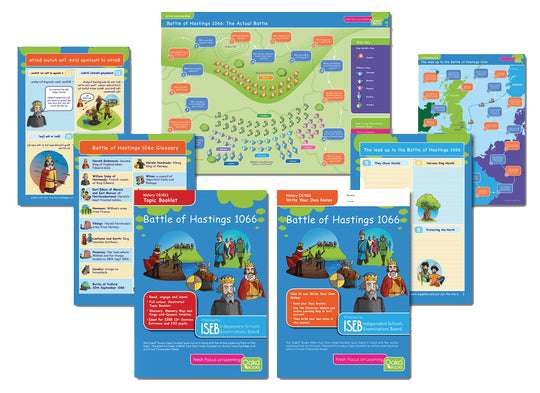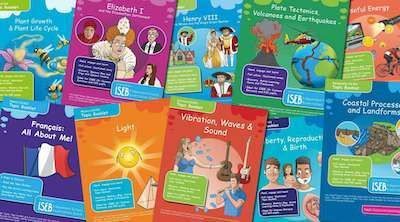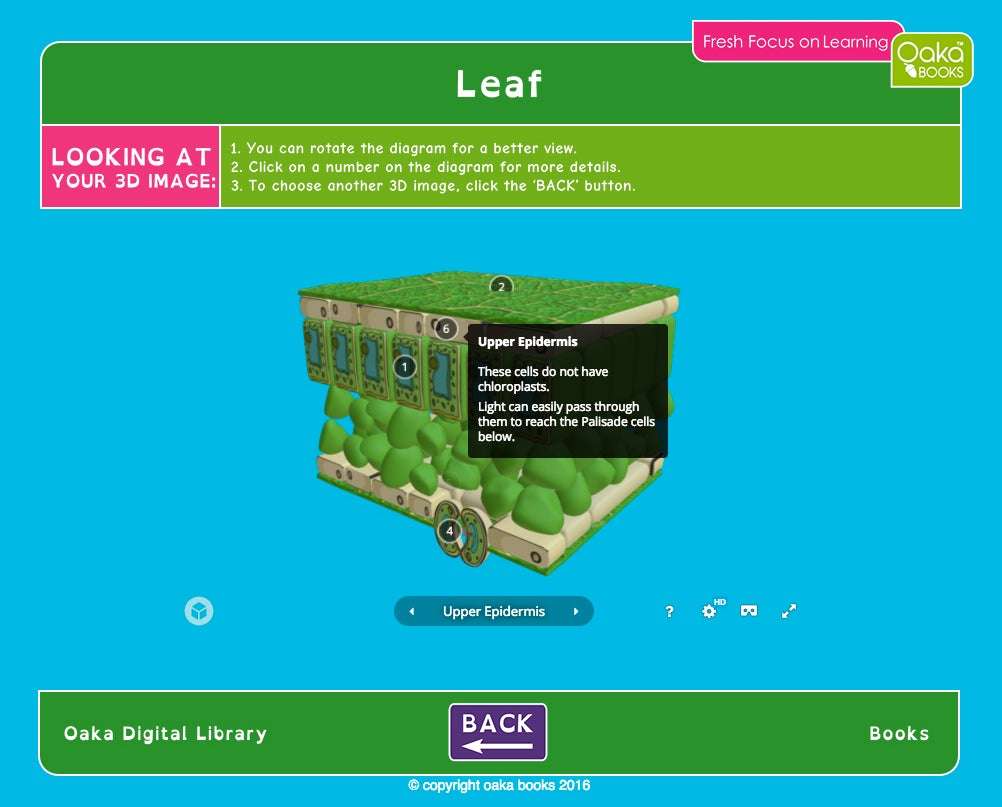How often have you been on a course or watching a presentation and remembered everything you were told? Most likely, never. That’s because of the Ebbinghaus Forgetting Curve.
Professor Hermann Ebbinghaus was a German psychologist who pioneered the development of experimental methods for the measurement of rote learning and memory. Basically, he studied the speed at which we forget. His experiments in the 1880s resulted in a mathematical formula demonstrating the relationship between information retained and time taken to forget it. We don’t need the actual formula but the theory is pretty evident every day for all of us.
We forget if we make no attempt to retain information. Its pretty obvious stuff. So, what can you do to ensure your child can overcome the curve?
Learners will rapidly forget information we have so carefully imparted; often around 50% of information will be lost within just 1 hour. Within 24 hours the class will have forgotten up to an average of 70% of a brilliantly crafted lesson.
Of course, nothing is quite this straightforward and there are several factors that impact on these figures: memory strength, how relatable the information is, how stressed the learner is, how interested the pupil is? As teachers or parents we are never teaching unconnected, abstract facts (as Ebbinghaus was trying to remember), however, his theory can help us identify the importance of connected, relevant learning.
Here are 4 quick, simple ways in which you can reduce the effect of the Forgetting Curve:
- Spaced retrieval or the act of trying to recall information from memory at spaced intervals. This could be after an hour (a quiz at the end of the lesson), after a day (preparing revision cards as a homework task) or after a week (playing an active learning board game on the topic). Different ways of practising information retrieval will dramatically impact on how much is remembered.
- Making learning relevant and fun will really help pupils engage and find a personal link to their learning. A fun activity will always be more memorable than completing a more mundane written task. Why not build a model of a cell? Create a cartoon of a historical event? Use balloons to create the digestive system?
- Making learning accessible to all pupils is essential. Clear, easy to use resources will help pupils remain engaged. How often have you switched off if you have lost the thread of a conversation? Help prevent this by using resources that match student ability and ones they can use independently.
- Blended learning will help ensure that pupils are learning using a style that suits them. Gamification can help bring learning to life as will videos, You Tube, online courses, using images and making models as well as using more traditional resources.
The key factor though, is the continuous repetition of information retrieval practise over time. The challenge is achieving this with enthusiasm rather than a groan from pupils!
Doug Lemov, in his blog ‘Teach Like a Champion’ has very kindly provided an annotated Forgetting Curve that you can view here.





